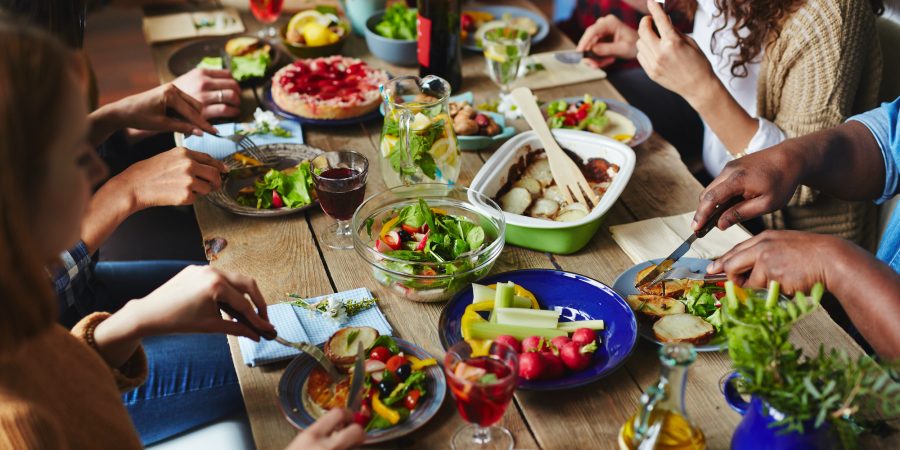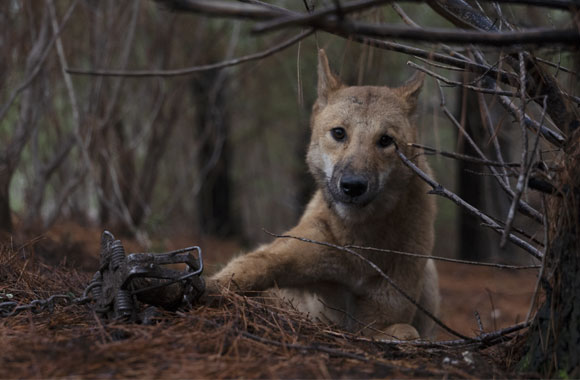While Australia’s government may be slow to take the necessary action to protect Australians, our wildlife, and our environment, we have the power to make changes, and we can start now.
The goal of COP26 was to put forward the action plan to reduce emissions
In 2015, leaders from around the globe gathered at COP21 in Paris, and agreed to take action to slow human-caused climate change. Through the reduction of emissions, the agreement aimed for a global temperature increase of just 1.5 degrees.
While this temperature change may not sound significant, experts predict an increase of even just a few degrees above this is likely to cause rising sea levels, the irreversible loss of animal species, and more severe droughts. The overarching goal of the recent COP26 meeting was to provide a roadmap to cutting greenhouse gas emissions, with each country presenting its action plan.













